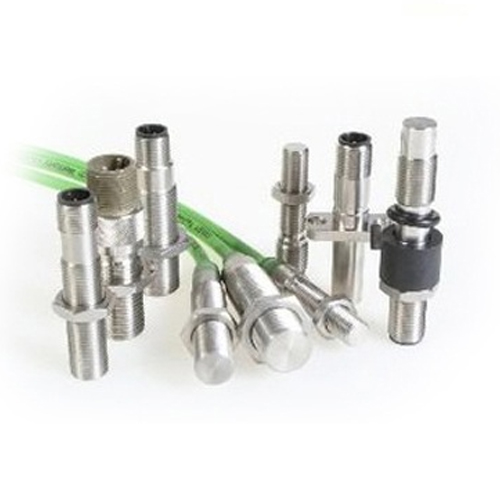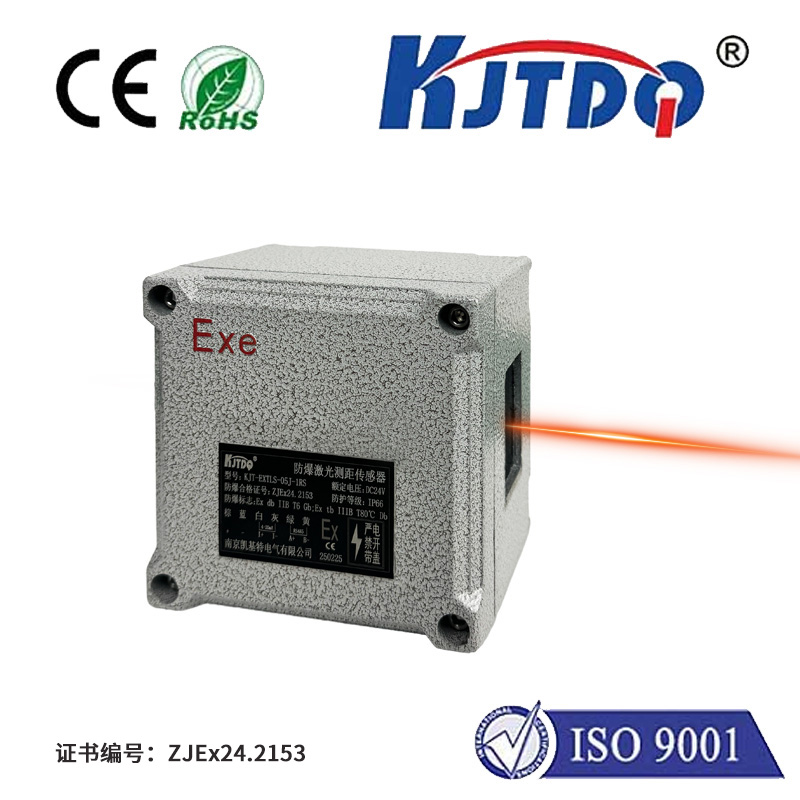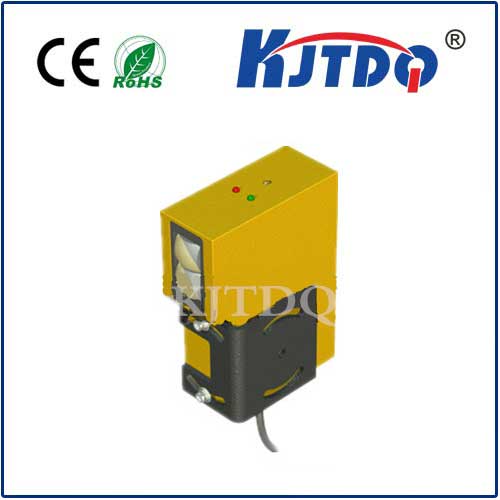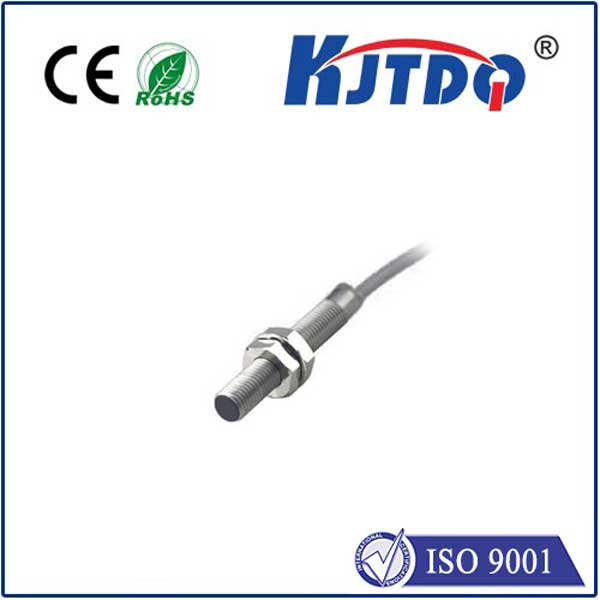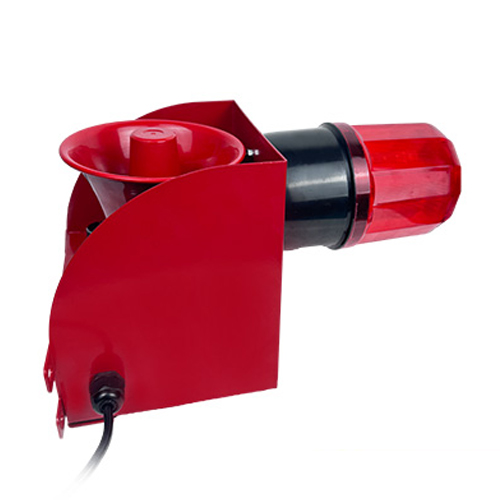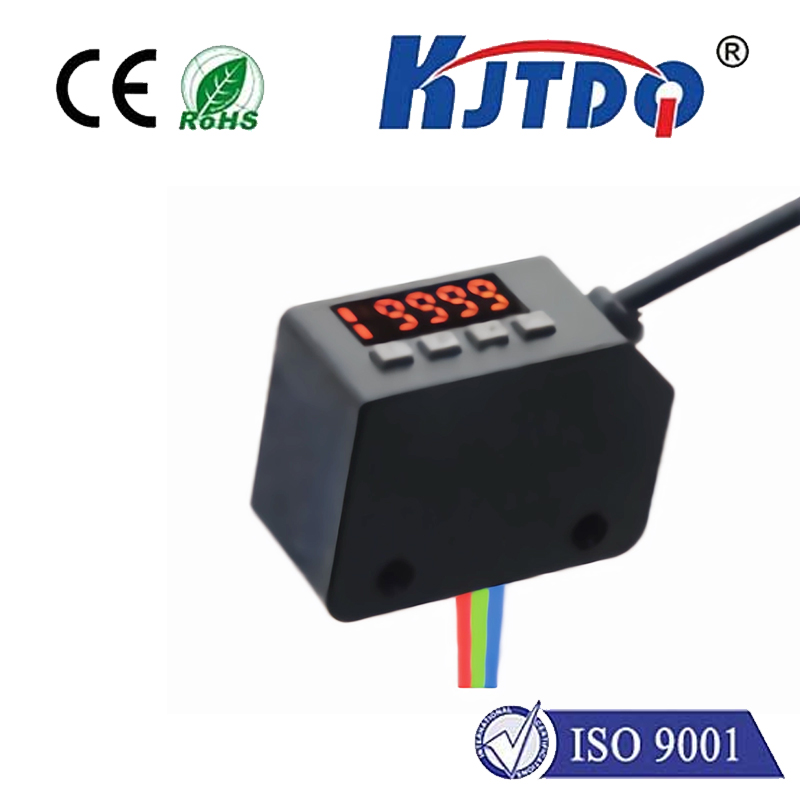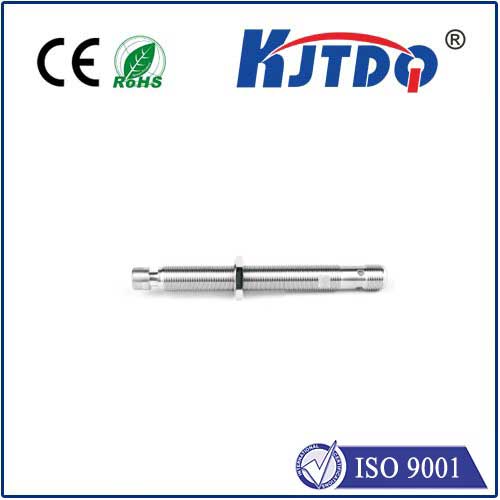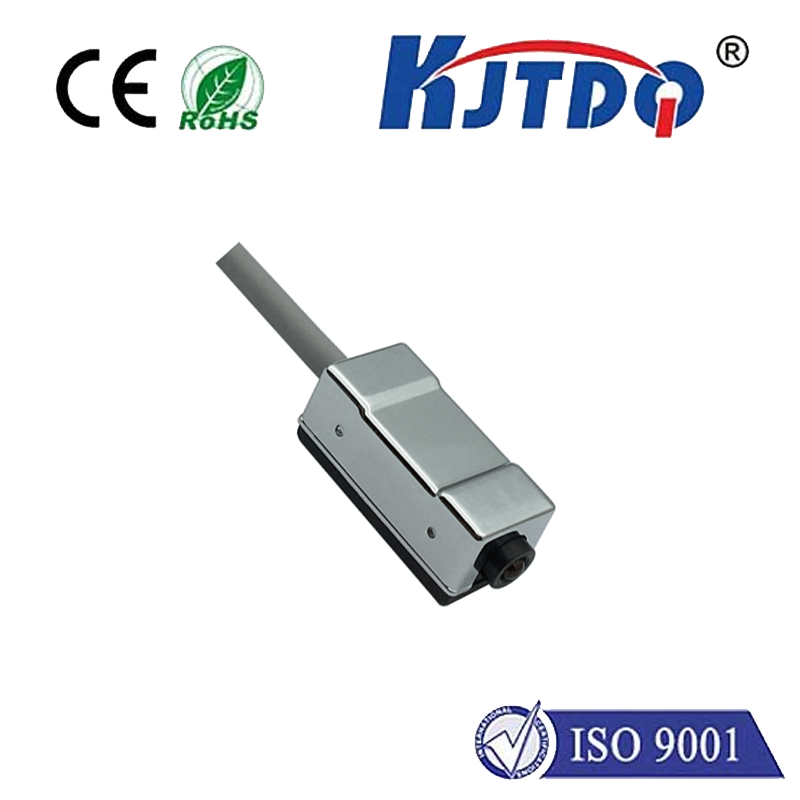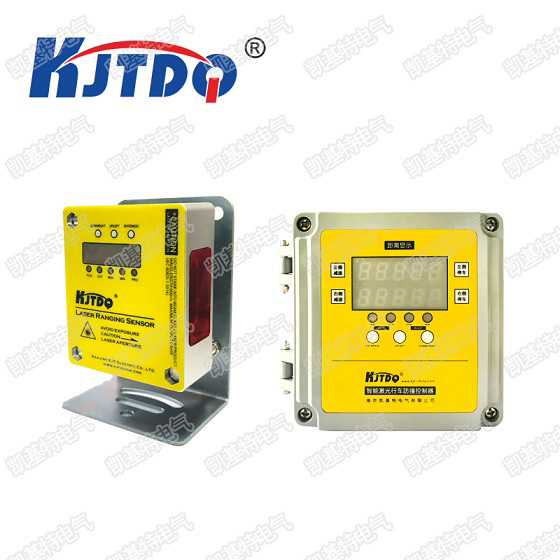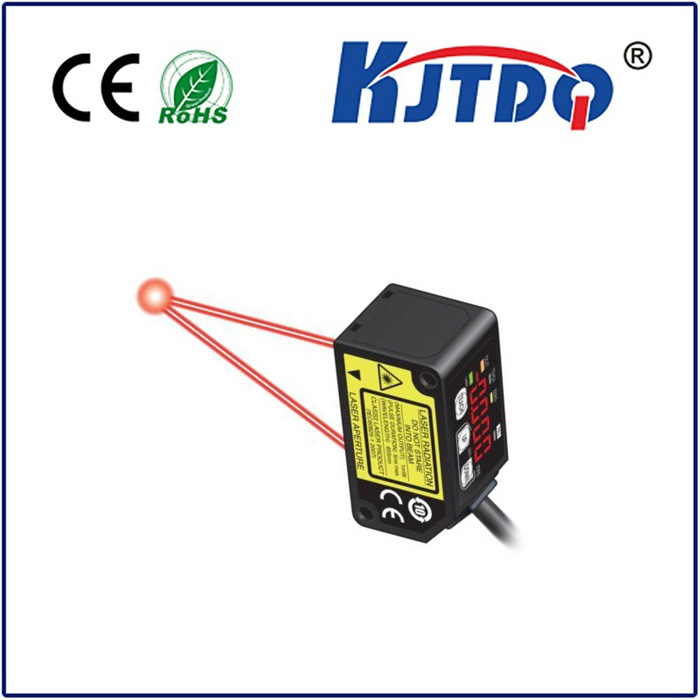E3FB-RN11 2M background suppression photoelectric sensor
- time:2025-10-09 10:37:21
- Нажмите:0
The E3FB-RN11 2M: Precision Detection Where It Matters Most - Mastering Background Suppression
Imagine a bustling factory floor. Robotic arms swing with precision, conveyor belts hum, and packages of varying sizes, colors, and materials zoom by. Your task: reliably detect the presence of every single box on the belt, regardless of whether it passes over a dark conveyor, a light tile, or even stacks haphazardly in front of distant shelving. Achieving consistent accuracy in such a complex, variable environment is the daily challenge facing countless engineers. This is precisely where the specialized capability of Background Suppression (BGS) photoelectric sensors, exemplified by the Omron E3FB-RN11 2M, becomes indispensable. More than just a sensor, it’s a targeted solution for eliminating a pervasive source of error.
Why Background Suppression? The Core Problem
Traditional Фотоэлектрический датчик operate on straightforward principles. A through-beam sensor needs a clear line of sight between emitter and receiver. A diffuse reflective sensor bounces light off the target. However, both can be easily fooled by objects behind the intended target – machinery, walls, pallets, or even just variations in the conveyor surface color or texture. This “background” interference causes false triggers or missed detections, leading to costly jams, production downtime, or quality control issues. The industrial world demands better reliability.
The E3FB-RN11 2M: Engineered for Focused Detection
The E3FB-RN11 2M is not a generic sensor. It’s specifically engineered with Background Suppression technology to solve this exact challenge. But how does it achieve this seemingly magical feat?

- The Power of Triangulation: Unlike diffuse sensors that measure the total amount of light reflected back, the E3FB-RN11 uses a principle called triangulation. The sensor contains both an emitter (IR LED) and a receiver (position-sensitive detector or PSD). The emitted light hits the target object and reflects back to the receiver lens.
- Measuring the Angle, Not Just Intensity: Crucially, the angle at which this light hits the receiver lens changes depending on the distance to the target. A closer object reflects light hitting the receiver at a steeper angle; a distant object (or the background) reflects light hitting at a shallower angle.
- Intelligent Sensing Point: The E3FB-RN11 2M is meticulously calibrated to trigger its output only when the reflected light hits the receiver at the specific angle corresponding to its defined sensing distance – in this case, 2 meters (approximately 78.7 inches). Light bouncing back from objects beyond this precise 2M point (the background) hits the receiver at a different angle and is effectively ignored by the sensor’s internal logic.
Key Advantages of the E3FB-RN11 2M BGS Sensor
This focused approach delivers significant operational benefits:
- Unmatched Rejection of Background Interference: This is the defining feature. Whether it’s dark machinery behind the conveyor, light-colored walls, stacked pallets, or irregular conveyor surfaces, the E3FB-RN11 reliably detects objects at its 2M set point while ignoring disturbances beyond it. This dramatically reduces false triggers and missed detections.
- Reduced Sensitivity to Target Color & Finish: While not entirely color blind, Background Suppression sensors are generally far less affected by the color, texture (matte, glossy), or material of the target object compared to standard diffuse sensors. This provides greater consistency across diverse products.
- Precise Detection within the Defined Range: The 2M sensing distance is a fixed point of reliable detection. Objects reliably detected at this point are ignored if they move beyond it (into the background zone).
- Minimal Setup Hassle: While careful alignment is always important, the fixed sensing point inherent in background suppression simplifies the initial setup compared to sensors needing precise distance adjustments for generic diffuse modes. The specified sensing point (2M) is clearly defined.
- Robust Industrial Design: True to Omron’s reputation, the E3FB-RN11 is built for demanding environments. Expect features like:
- IP67-rated housing for protection against dust and water jets.
- Resistance to common industrial electrical noise.
- Reliable operation across a standard industrial temperature range.
Where the E3FB-RN11 2M Excels: Ideal Applications
This sensor shines in scenarios demanding reliable detection despite challenging backgrounds:
- Conveyor Systems: Detecting boxes, packages, or products passing over varied surfaces or near equipment frames. Ensuring gaps between items are correctly identified regardless of the belt color or structure underneath/behind.
- Palletizing/Depalletizing: Detecting the presence of pallets or cases on pallets, reliably ignoring the warehouse racking or machinery behind pallet positions.
- Перевозка материалов: Monitoring the position of objects on carts, AGVs, or turntables where the background might include walls, pillars, or other moving equipment.
- Packaging Machinery: Verifying the presence of product inside cartons or trays, ignoring the machinery structure beyond the loading point.
- End-of-Line Automation: Triggering processes like labeling, sorting, or rejection based precisely on object position at a defined point, ignoring the downstream conveyor or staging area.
Selecting the Right Photoelectric Sensor: Is BGS the Answer?
The E3FB-RN11 2M is a powerful tool, but choosing the right sensor technology is vital:
- Background Suppression is Ideal For: Applications where the background is a significant problem causing false readings with other sensor types, and where the detection needs to occur reliably at a specific, defined distance (like 2M).
- Consider Alternatives When:
- You need detection over a range of distances (use a standard diffuse sensor with adjustable range).
- The environment has excessive dust, steam, or fog obscuring the target (consider through-beam sensors where possible).
- The target is very small or has low reflectivity, and maximum detection range is critical (standard diffuse might offer longer range in some cases).
- The background cannot be adequately “ignored” because interfering objects might exist within the 2M sensing zone before or after the target.
Implementing for Success: Best Practices
To get the most out of your E3FB-RN11 2M:
- Understand its Fixed Point: Remember it detects at 2M. Objects closer or farther (within the background suppression zone) won’t reliably trigger it. Ensure your target reliably passes at this distance.
- Mount Securely: Utilize the sensor’s mounting holes to ensure vibration doesn’t shift its careful alignment.
- Mind the Beam Angle: Position the sensor so its emitted beam effectively covers the target path at the 2M distance, but avoid pointing it directly at potential reflective surfaces at the background distance.
- Optimize Target Position: Whenever feasible, arrange the application so the target passes consistently at the optimal point relative to the sensor’s fixed range.
In the intricate dance of modern automation, ensuring reliable detection amidst visual chaos is non-negotiable. The **Omron E3FB-RN11 2M Background Suppression

